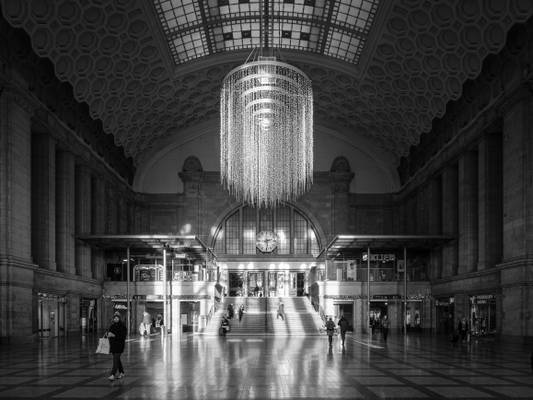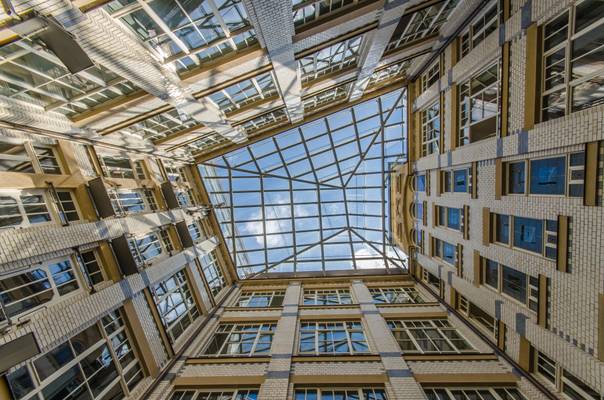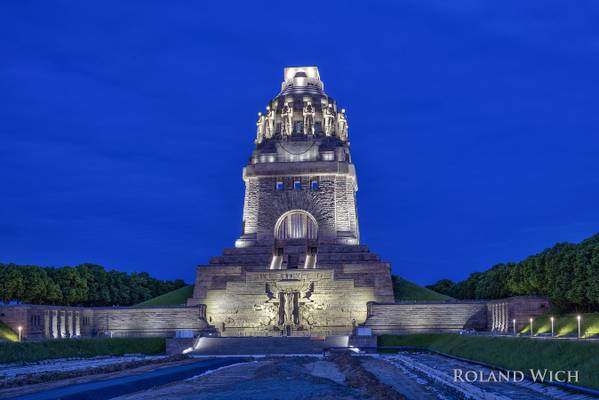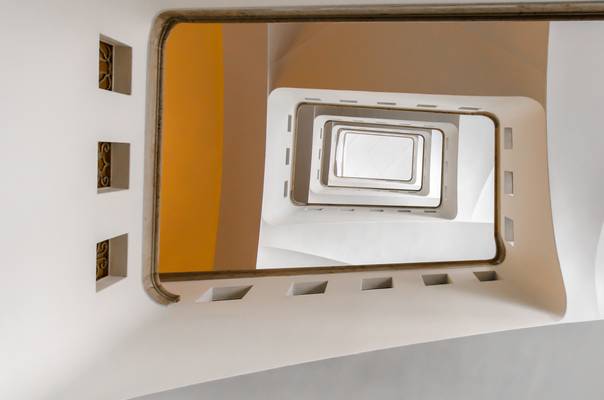
Leipzig

by Hilde Jüngst
Municipality Leipzig

by Hilde Jüngst
The St. Nicholas Church (in German: Nikolaikirche) has long been one of the most famous in Leipzig, and rose to national fame in 1989 with the Monday Demonstrations when it became the centre of peaceful revolt against communist rule The church was built in about 1165 around the same time Leipzig was founded. It is named after St. Nicholas, the patron saint of merchants and wholesalers, and is situated in the very heart of the city at the intersection of two then important trade roads, the Via Regia and Via Imperii. It is built partially in the Romanesque style but was extended and enlarged in the early 16th century with a more Gothic style. In 1794 the interior was remodeled by German architect Johann Carl Friedrich Dauthe in the neoclassical style. The church has been a Protestant seat since 1539 after the Protestant Reformation, but the Catholic Church is allowed to use it too.
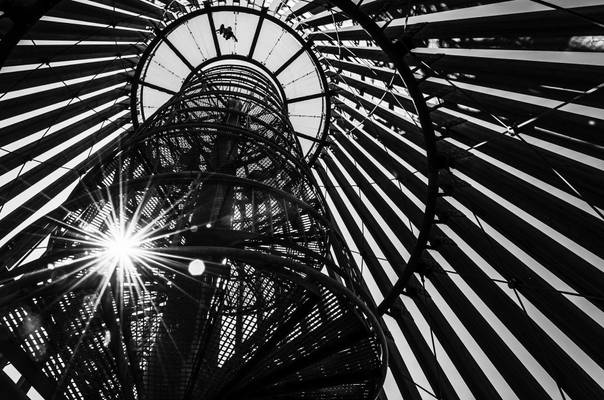
by Hilde Jüngst
Following the cessation of lignite-mining, a number of lakes have emerged in the post-mining landscape south of Leipzig. One of them is Lake Cospuden on the outskirts of Leipzig, Markkleeberg and Zwenkau.
To create something distinctive on the recultivated land adjacent to the lake completed in time for the Expo 2000 world's fair, an imposing tower with an open timber structure was erected on an existing elevation. Bistumshöhe was deliberately chosen since it had already been home to a vantage point with tables and benches overlooking Zwenkau mine. The name Bistumshöhe ('Diocese Height') dates back to earlier times when the area belonged to the diocese of Merseburg.
The tower, which does not yet have a name of its name, was quickly built south-west of Lake Cospuden. The method of construction used is known as 'chimney style', and indeed the tower is intended to recall the many chimney stacks which, after dominating the area south of Leipzig for decades, have now all but disappeared.
Extremely robust and requiring almost no maintenance, this landmark built out of slowly growing Siberian larch provides an all-round view of Lake Cospuden, the mine dumps at Zwenkau and Espenhain, the reforested Neue Harth, and BELANTIS amusement park. And on a good day, visitors facing north have a wonderful view of the sights and attractions of Leipzig.
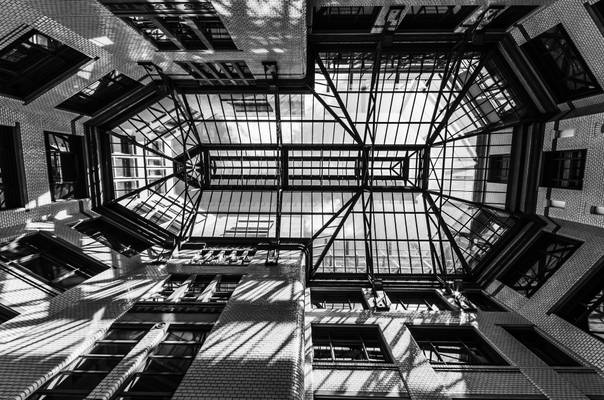
by Hilde Jüngst
Specks Hof Leipzig
Thanks to all Phoide contributors to Leipzig!
Most notably Hilde Jüngst.

